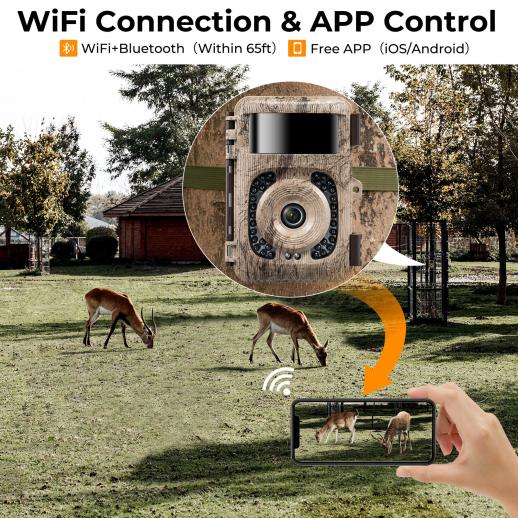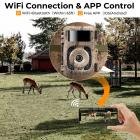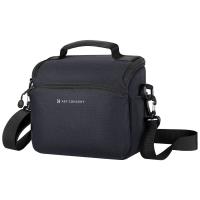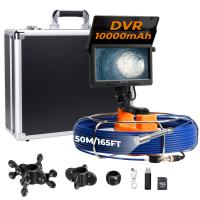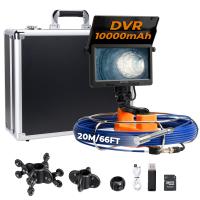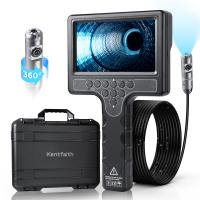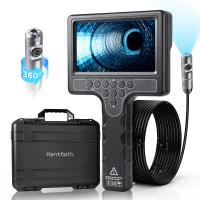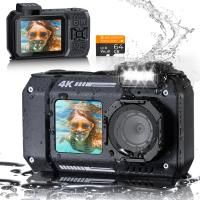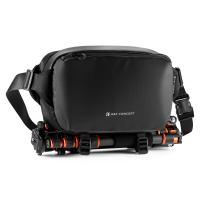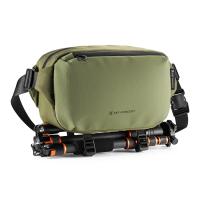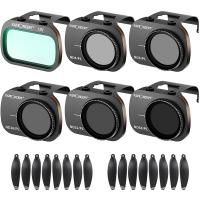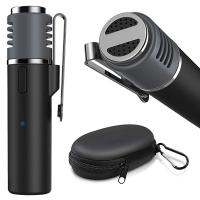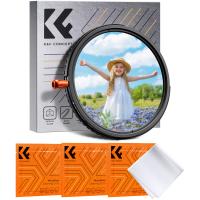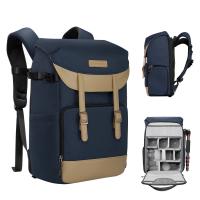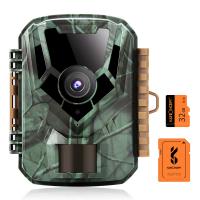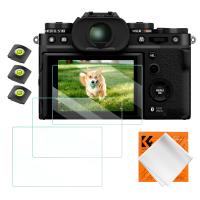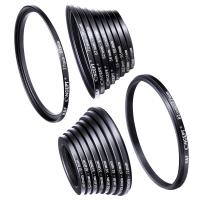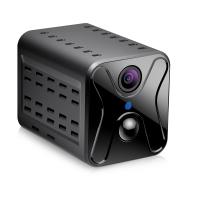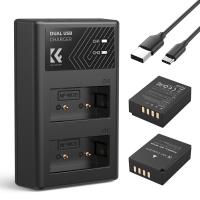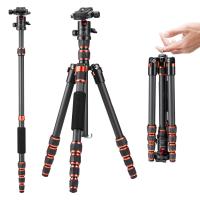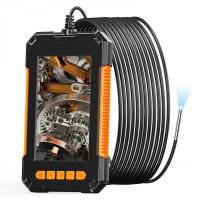Pir Delay Trail Camera
- 00 days
- :
- 12 hours
- :
- 21 min
- :
- 07 sec
- * KF35.133 =KF35.127S1=KF35.127V1+KF28.0011*2+KF42.0013 Versatile use for any outdoor activity:This PIR delay trail camera can be used for a wide range of outdoor activities, including hunting, wildlife observation, and home security.
- * Lightweight and easy to carry:Weighing only 727g, this camera is easy to carry and transport, making it ideal for use in remote locations.
- * Real-time preview with APP:The live function allows you to preview images and videos in real-time using the APP, making it easier to capture the perfect shot.
- * Customizable motion sensing delay:With a motion sensing delay of 3 seconds to 10 minutes (default 30 seconds), you can customize the camera to suit your needs and capture the perfect shot.
- * Secure password function:The 4-digit password function, with numeric and alphabetic support, ensures that your camera is secure and protected from unauthorized access.
2. Get Free Gift Over $100 - 64G SD Card (on the checkout page)
A PIR (Passive Infrared) delay trail camera is a type of camera that is commonly used for wildlife photography and surveillance purposes. It uses a PIR sensor to detect motion and heat signatures, which triggers the camera to take a photo or record a video. The delay feature allows the camera to wait for a certain amount of time before taking a photo or recording, which can be useful for capturing multiple images of the same subject or for conserving battery life. Trail cameras are often used by hunters to monitor game activity, but they can also be used for scientific research or for security purposes. The PIR delay trail camera is a popular choice among outdoor enthusiasts and professionals due to its durability, reliability, and ability to capture high-quality images and videos in a variety of lighting conditions.
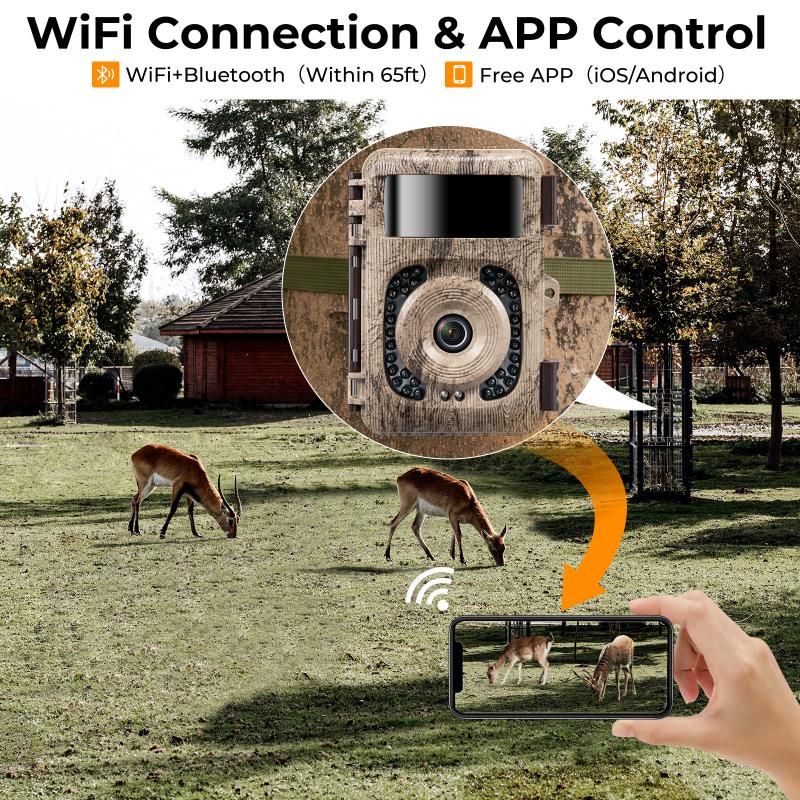
Related technologies:
1. PIR Sensor Technology: PIR (Passive Infrared) sensor technology is used in trail cameras to detect the heat signatures of animals or humans. This technology allows the camera to detect motion and capture images or videos without the need for a physical trigger.
2. Delay Settings: Delay settings in trail cameras allow users to set a time delay between each photo or video capture. This feature helps to conserve battery life and memory card space by reducing the number of unnecessary images captured.
3. Trail Camera App: Many trail cameras now come with a companion app that allows users to remotely control the camera, view images and videos, and adjust settings. This app can be downloaded onto a smartphone or tablet and provides a convenient way to manage the camera from a distance.
4. Wireless Connectivity: Some trail cameras now come with built-in wireless connectivity, allowing users to remotely access and control the camera from a smartphone or tablet. This feature eliminates the need for physical access to the camera and provides a convenient way to manage the camera from a distance.
5. Night Vision Technology: Night vision technology is used in trail cameras to capture clear images and videos in low-light or nighttime conditions. This technology uses infrared LEDs to illuminate the area and capture images without alerting animals or humans to the camera's presence.
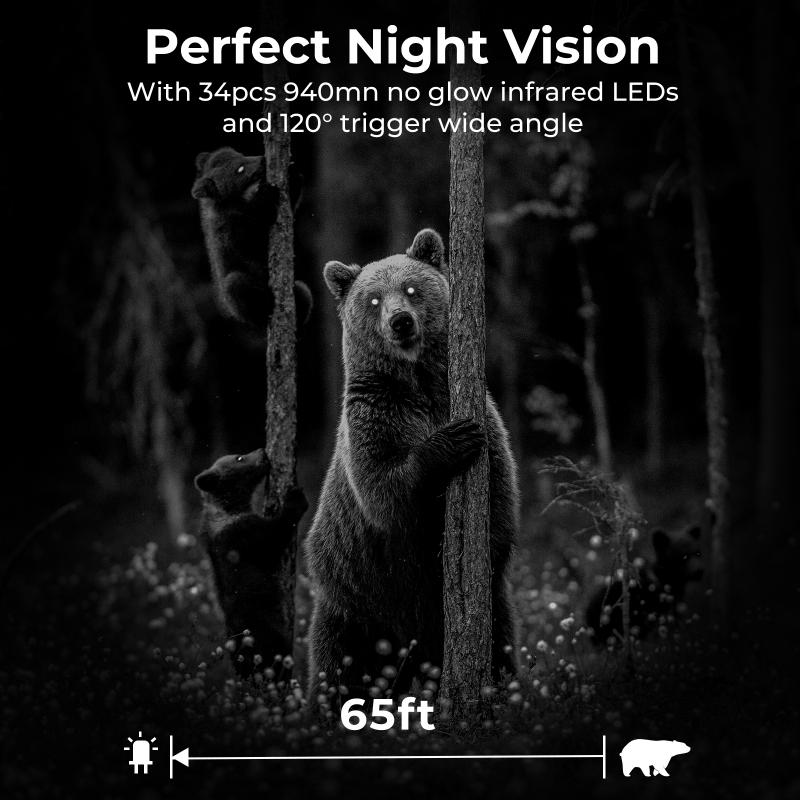
Product features:
1. High-Quality Image Sensor: A high-quality image sensor is essential for capturing clear and detailed images, even in low light conditions. The camera should have a minimum of 12 megapixels to ensure that the images captured are of high resolution.
2. PIR Motion Sensor: A PIR (Passive Infrared) motion sensor is a must-have feature for a trail camera. It detects heat and motion, triggering the camera to take a photo or video when an animal or person passes by. The delay time should be adjustable to ensure that the camera captures the desired footage.
3. Long Battery Life: A long battery life is crucial for a trail camera, as it may be placed in remote locations for extended periods. The camera should have a battery life of at least six months, and the battery should be easily replaceable.
4. Weatherproof Design: A trail camera should be able to withstand harsh weather conditions, including rain, snow, and extreme temperatures. The camera should have a weatherproof design, with a durable housing that protects it from the elements.
5. Wireless Connectivity: Wireless connectivity allows the camera to send photos and videos directly to a smartphone or computer, making it easier to monitor the camera's activity. The camera should have Bluetooth or Wi-Fi connectivity, and the accompanying app should be user-friendly and easy to navigate.
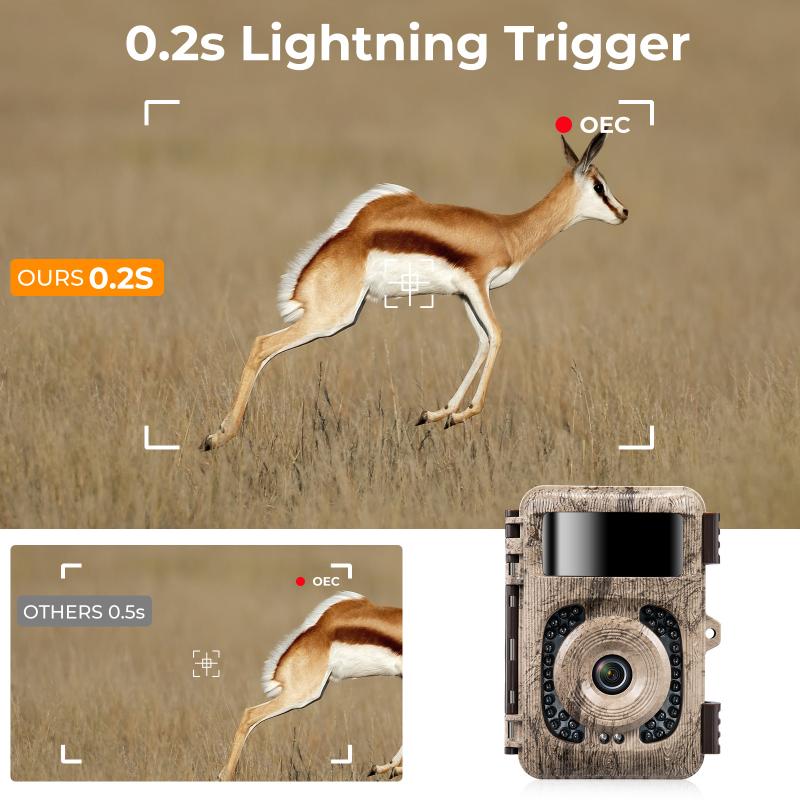
Related accessories:
1. SD Card: A high-capacity SD card is essential for a pir delay trail camera. It allows you to store a large number of photos and videos captured by the camera. A 64GB or 128GB SD card is recommended for this purpose.
2. External Battery Pack: A pir delay trail camera requires a lot of power to operate, especially if it is used for extended periods. An external battery pack can provide additional power to the camera, ensuring that it remains operational for longer periods.
3. Security Box: A security box is an essential accessory for a pir delay trail camera. It protects the camera from theft and damage caused by animals or weather conditions. A security box is made of durable materials and can be locked to prevent unauthorized access.
4. Mounting Bracket: A mounting bracket is used to attach the pir delay trail camera to a tree or other object. It allows you to position the camera at the desired angle and height, ensuring that it captures the best possible images and videos.
5. Solar Panel: A solar panel is an eco-friendly accessory that can be used to power a pir delay trail camera. It converts sunlight into electricity, which can be used to charge the camera's battery. A solar panel is ideal for use in remote locations where there is no access to electricity.
6. Wireless Remote Control: A wireless remote control allows you to operate the pir delay trail camera from a distance. It is especially useful if the camera is mounted in a hard-to-reach location. With a wireless remote control, you can adjust the camera's settings, capture photos and videos, and download them to your computer or mobile device.
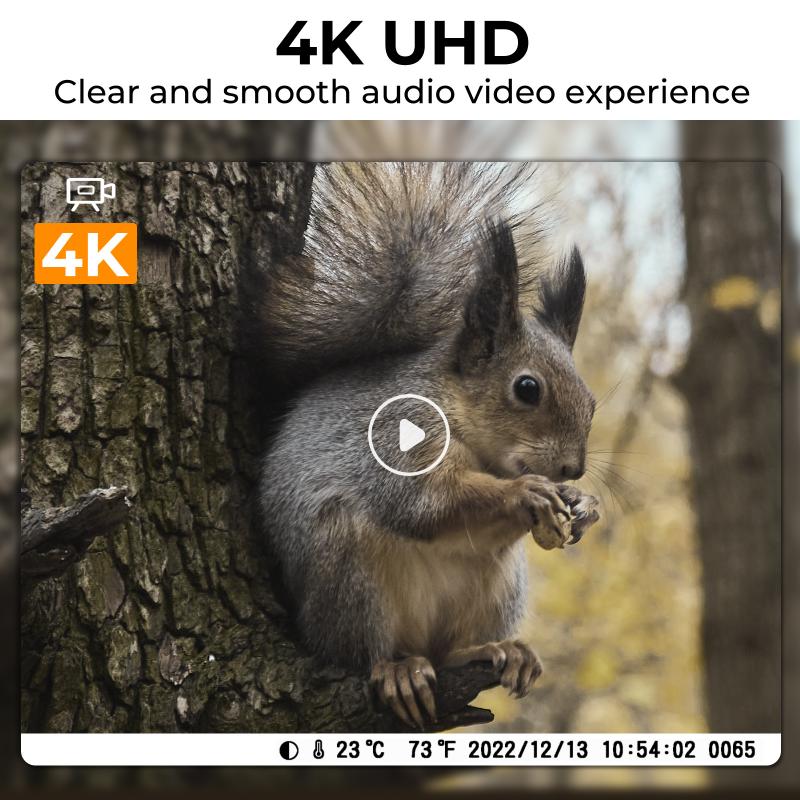
Common problems:
1. Error: The camera is not capturing any images or videos.
Solution: Check if the camera is turned on and has enough battery. Ensure that the SD card is properly inserted and has enough storage space. Also, check if the camera is in the correct mode for capturing images or videos.
2. Error: The images or videos captured are blurry or out of focus.
Solution: Check if the lens is clean and free from any dirt or smudges. Ensure that the camera is not shaking or moving while capturing the images or videos. Adjust the focus settings if necessary.
3. Error: The camera is not detecting any motion or movement.
Solution: Check if the camera is properly positioned and aimed at the area where motion is expected. Ensure that the motion detection settings are properly configured. Also, check if the camera's sensitivity level is set correctly.
4. Error: The camera is not capturing any night vision images or videos.
Solution: Check if the night vision mode is turned on and the camera's infrared lights are working properly. Ensure that the camera is not too close to any reflective surfaces that may interfere with the night vision capabilities.
5. Error: The camera is not connecting to the mobile app or computer.
Solution: Check if the camera is properly connected to the Wi-Fi network or computer. Ensure that the mobile app or computer software is up to date and compatible with the camera. Also, check if the camera's settings allow for remote access and control.

Product parameters:
Net weight : 727g
Bluetooth distance : 20 meters outside
Password function : 4 digits, numeric and alphabetic support
Motion Sensing Delay : 3 seconds-10 minutes (default 30 seconds)
Area of use : unlimited
WIFI distance : 20 meters outside
Ambient temperature watermarking : Support
Link method : Bluetooth switch camera WIFI
Live function : APP real-time preview
PIR sensing angle : 120 degrees
- All Reviews
- Image

